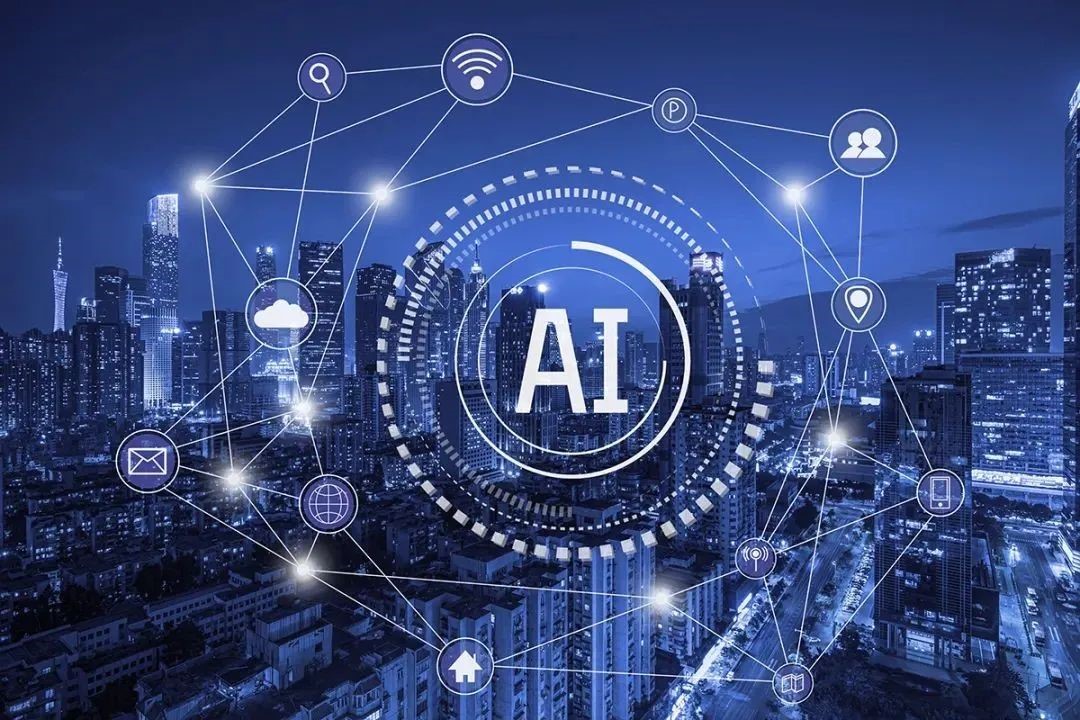Faced with the industry trend of intelligent private wireless networks, Caltta has actively deployed the domestic DeepSeek large model, launching a "fully integrated communications + AI" technology matrix that directly addresses the pain points of traditional systems, such as "data silos" and "delayed decision-making."

Caltta believes that large model technology is the key to enhancing the level of intelligence across various fields. Especially in scenarios such as public security, emergency response, and industry, as business complexity continues to rise, the shortcomings of traditional communication systems become increasingly apparent. The emergence of large model technology provides new ideas and directions for solving these problems.
For example, in the field of emergency command, Caltta has developed an " intelligent sensing–dynamic deduction–precise decision-making" emergency command solution, which can respond quickly at the first moment after a disaster occurs, significantly improving rescue efficiency, reducing casualties and property losses, and helping to build a modern emergency command system that is "data-driven, AI-empowered, and integrates peacetime and emergency."
Specialized in providing dmr solutions, Caltta believes that the integration of AI and private wireless networks is not only a technological upgrade but also a paradigm shift in communications—from "connectivity capability" to "cognitive capability."
By deeply integrating large model algorithms, edge intelligence, and wireless communication technologies, private networks will evolve from "passive transmission pipelines" into "active sensing hubs," achieving symbiotic evolution between networks and services.
Its core values lie in:
Dynamic cognitive networks: Building digital twins of networks based on real-time data streams to autonomously perceive environmental changes and business needs.
Intent-driven decision-making: Interpreting user intent through natural language interaction to automatically map business requirements to network strategies, driving intelligent network decisions.
Full lifecycle self-evolution: Relying on the knowledge distillation capability of large models to promote the evolution of networks from experience-based operation and maintenance to continuous learning.
Combining multimodal large model technologies, Caltta is researching and deploying four breakthrough application scenarios:
In emergency rescue scenarios, by deploying lightweight large models at vehicle-mounted base stations:
Dynamic spectrum sensing: Real-time identification of electromagnetic interference and automatic switching to optimal bands (e.g., 500 MHz emergency band).
Self-organizing networks: Drones and individual devices can autonomously build communication links based on reinforcement learning algorithms, maintaining effective coverage within a certain range even in disconnected environments.
Service priority prediction: By analyzing historical disaster data, predict the transmission priorities of voice, video, and sensor data to ensure zero packet loss for critical instructions.
Building an “AI + IoT” predictive maintenance system:
Voiceprint diagnostic engine: Noise reduction algorithms for private network radios integrated with voiceprint recognition technology can distinguish between environmental noise and device anomalies, enabling real-time fault detection of radios.
Battery life prediction: Training time-series models based on charge/discharge cycle data to provide early warnings of battery anomalies and improve maintenance efficiency.
Introducing an operations and maintenance large model based on industry knowledge graphs:
Automatic fault analysis: Network alarms can automatically correlate multidimensional data from base stations, terminals, power sources, etc., reducing fault localization time to minutes.
Self-healing network system: AI agents built into base stations can automatically optimize parameters such as antenna tilt and transmit power to reduce blind spots.
Knowledge accumulation: Expert experience is transformed into an executable maintenance strategy library, supporting natural language Q&A fault handling and upgrading after-sales customer service.
Multimodal data collection and intelligent sensing: Through multimodal pre-trained models, real-time collection of various on-site sensor data breaks down data silos and enables cross-departmental information sharing. In a provincial emergency management department, Caltta's smart integration platform, based on the DeepSeek deduction model, created a "province-wide command and dispatch dashboard" to achieve an overall view of the situation and one-click resource dispatch.
Intelligent decision-making and plan matching: The large model inference engine supports millisecond-level risk determination and intelligent plan matching. In public security operations, cross-department response speed is significantly improved, and the time required to handle major incidents is reduced. System response time is faster, and overall efficiency is improved.
Data-driven explicit value: Greatly shortens incident input time, the AI prediction model provides early warnings of potential risks in key areas in advance, while ensuring fast and accurate command decisions, winning valuable time for rescue. In a municipal public security bureau, Caltta's AI early warning platform, based on an AI prediction model, achieved an incident dispatch accuracy rate of over 98%.

Caltta believes that AI-powered intelligent private wireless networks will reconstruct the communication and decision-making systems in public security, emergency response, and industry, promoting the transition of operations to a "data-driven, fully coordinated" model.
Intelligent processing terminals: Intelligent terminals integrated with multimodal interaction can automatically retrieve suspect trajectory maps through voice commands.
Three-dimensional prevention and control networks: Real-time fusion of data from drones, vehicle-mounted cameras, and individual devices builds a crime hotspot prediction heatmap.
Disaster modeling and deduction: Generative AI based on meteorological and geological data simulates flash floods and fire spread paths, generating optimal rescue routes.
Adaptive communication assurance: In power and network outage scenarios, ad hoc network devices can autonomously switch links to maintain critical communications.
Digital twins and dynamic deduction: Combining large models with digital twin technology to build dynamic evolution sandtables, accurately simulating disaster development trends, ensuring high alignment between rescue plans and on-site conditions, and improving the foresight and accuracy of emergency command.
Caltta anticipates that future technological evolution will focus on four main directions:
Rise of edge intelligence: Lightweight AI models will upgrade terminal devices from "data collection" to "real-time decision-making," meeting industry needs for low latency and high security.
Multimodal integration: Joint inference of voice, image, and sensor data at the edge side supports semantic communication in complex environments.
Human-machine collaborative evolution: Building a collaborative framework between human experts and AI agents to continuously iterate and optimize network strategies.
Trusted security architecture: Constructing a distributed training system based on learning to ensure data security in sensitive scenarios such as public security and emergency response.
With the core concept of "AI reconstructing communications," Caltta is driving the fundamental transformation of private wireless networks from tools to value-bearing infrastructure. By building a closed-loop system of "perception–cognition–decision–action," we are committed to creating next-generation private network communication infrastructure that is smarter, more reliable, and better aligned with industry needs in public security, emergency, and industrial sectors. This process requires not only technological innovation but also joint efforts with industry partners to build an open ecosystem, making AI truly the "accelerator engine" for private network upgrades.
+86-0755-86556659